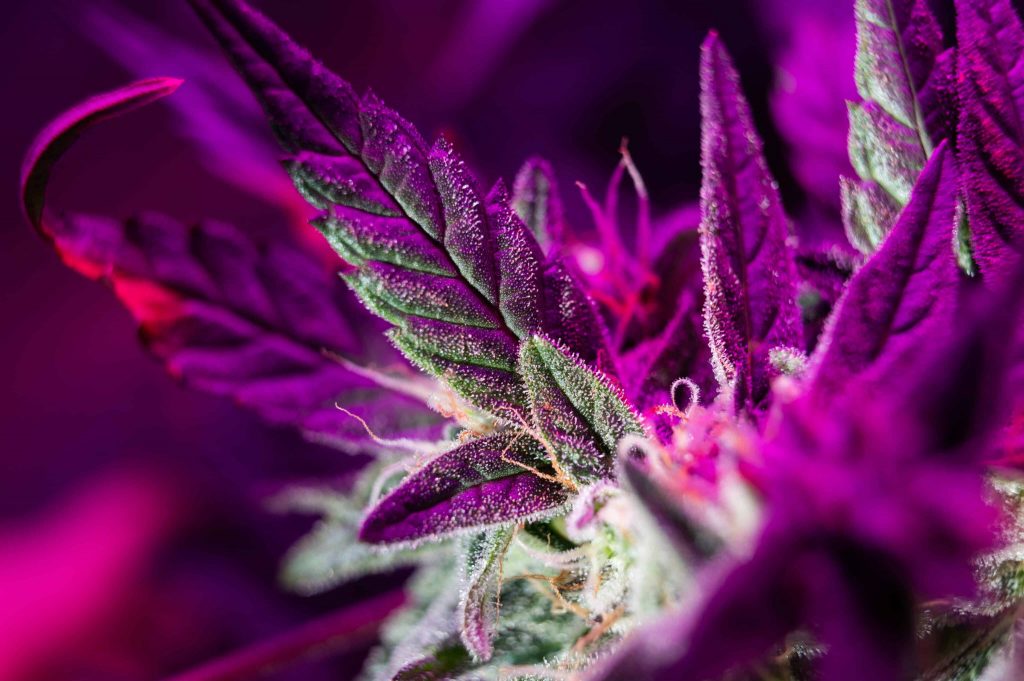
Connecticut raked in $23 million worth of cannabis this May, NBC reports. And that figure isn’t an aberration. The raw figures show that money earned from adult-use cannabis sales increased monthly this year. In April, Connecticut earned $21 million from legal cannabis sales.
Of the $23 million total earned in May, $11.5 million came from recreational sales, while $11.2 million came from the medical marijuana market, the Connecticut State Department of Consumer Protection reports.
One of the frequent arguments for cannabis legalization is the revenue sales can generate. If you ever need to win over a conservative or libertarian-leaning person on why weed should be legal — show them the money. In Connecticut, officials say that medical cannabis patients bought more than 312,000 products, while adult-use consumers bought over 292,000 products. DCP data shows that the average amount medical cannabis patients spend is $35.86, while the figure slightly rises to $39.47 for recreational purchases.
According to the CT Mirror, Connecticut’s government is on track to earn the second-largest budget surplus in state history this summer. And it appears a decent fraction of that is due to cannabis sales.
The preliminary data reporting nearly $23 million worth of cannabis doesn’t yet factor in the taxes collected at the point of sale for adult-use purchases and is still pending further review by the department. Medical marijuana patients do not pay taxes on the purchase of their product, as it’s medicinal (it’s still so affirming to hear governments finally recognize the plant’s role as a medicine rather than a scary drug).
Connecticut legalized cannabis back in 2012. Adult use passed in June 2021, and adult-use sales began in January 2023 at licensed retailers. While medical patients can buy up to five ounces a month, and don’t have to deal with individual transaction limits, if you’re buying recreational weed, you can expect a per-transaction limit of a quarter-ounce of raw flower or the equivalent.
However, remember that despite the bounty in such figures, it’s still tough to turn a profit as an entrepreneur in cannabis. Just look at California, associated as a mecca for pot. The state is currently experiencing a “mass exodus,” with brands such as Jerry Garcia’s Garcia Hand Picked cannabis line shutting down, unable to make it worth their while due to California’s tax rates. The cannabis excise tax is 15% of the gross receipts of any retail sale of cannabis or any cannabis products in California. This figure is consistent with Connecticut’s tax, based on THC content, costing approximately 10 to 15% of the sale price. Connecticut’s total cannabis tax rate is, in total, about 20% of the retail tag on weed sales, which is also comparable to the tax rates in Massachusetts. Additionally, according to the Marijuana Revenue and Regulation Act, cannabis companies pay an effective federal tax rate as high as 80%.
In addition to taxes, cannabis businesses face other hurdles. It’s tough for weed companies to get a loan and raise capital. Despite pushes for social equity (and Connecticut’s first social equity cannabis delivery company began operating this month), the high entry fee makes it harder for communities impacted by the War on Drugs, especially anyone faced with the legal costs of incarceration, to enter the market. Additionally, as products can’t cross state lines, the lack of interstate trade means that you need a new set of everything from a farm to a factory if you want to sell in more than one state. These are issues yet unaddressed by the government, so despite their optimistic figures, the U.S. arguably isn’t in a place to celebrate the merits of legalization on state levels yet.
Read full article on High Times

